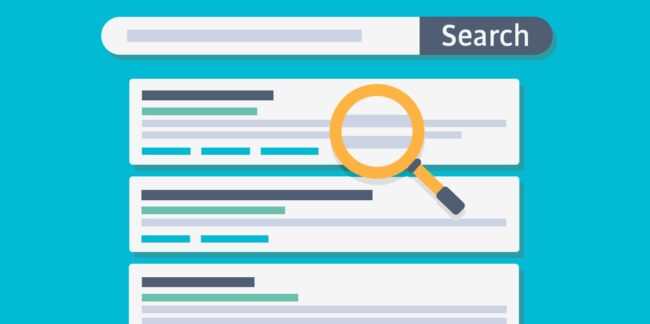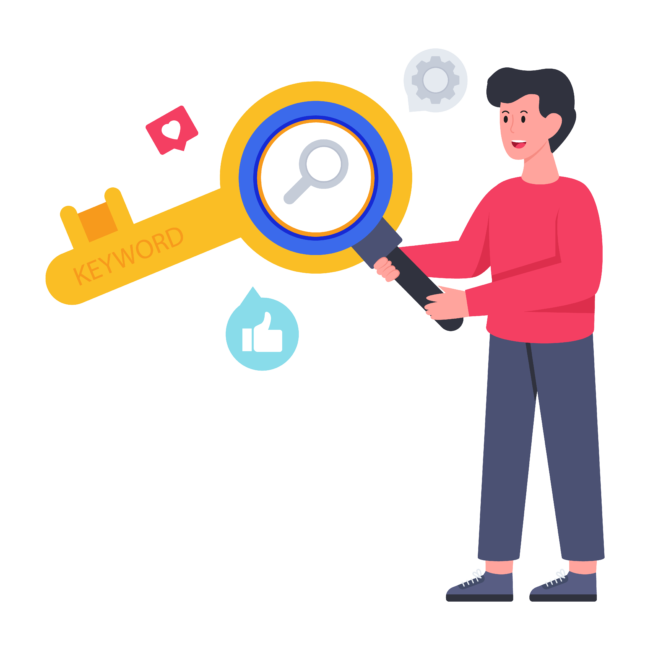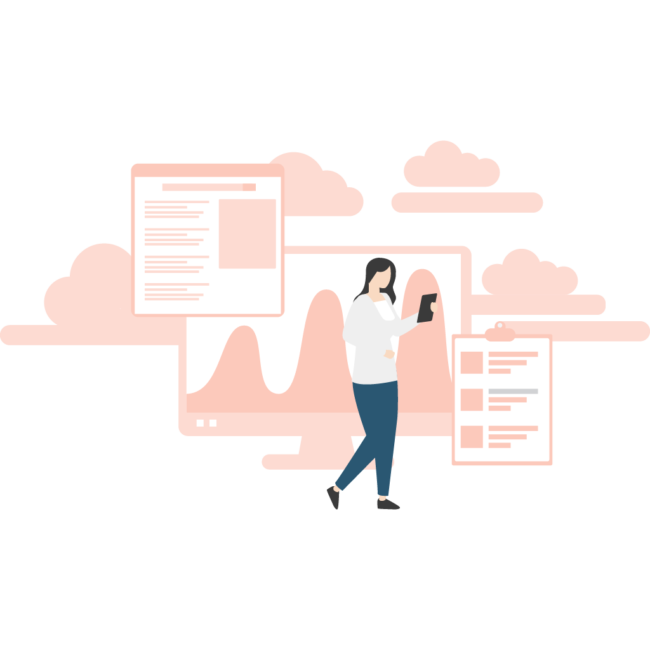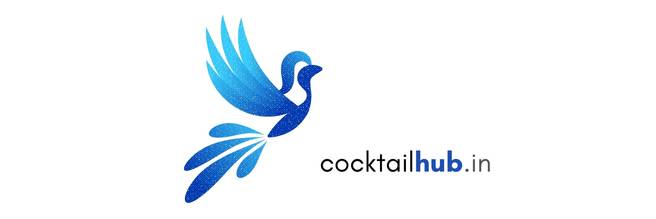In the early days of the internet, people could create a website, put up a few pages, and be done. The site would be found through word of mouth, or if someone stumbled across it.

With the explosion of the world wide web, came the need for people to be found. In order to be found, you needed to rank high on search engines.
SEO, or search engine optimization, is a technique that was created to help websites rank higher on search engines. The purpose of SEO is to improve a website’s visibility and organic search results.
On-page SEO is one of the most important aspects of a successful SEO strategy. It’s essential to make sure your website is optimized for search engines in order to rank higher and attract more visitors.
Here are some tips for optimizing your website:
- Use keyword phrases in your titles, headings, and subheadings.
- Make sure your keywords are included in your content.
- Optimize your images with keywords and alt text.
- Use external and internal links to point to other related pages on your website.
- Add social media sharing buttons to your content so people can share it on their social networks.
- Avoid Over optimization
- See where you rank for your target keywords!
On Page Optimization: The Key to Improved Rankings
On-Page optimization is a technique that can be used on your website to help improve your site’s rank in search engine results pages.

There are a number of things that you can do on your site to help improve your ranking, including optimizing your title tags, meta descriptions, header tags and images.
Get More Views: Optimize Your Title
One of the most important aspects of on page optimization is the title tag.

The title tag is the text that appears in the top of the browser window, and it is one of the most important factors that Google uses to determine your site’s ranking.
You should make sure that your title tag accurately describes the content of your page, and you should also include keywords that you want to rank for in the title tag.
How to write effective meta descriptions for your website?
The meta description is also important for on page optimization. It is the text that appears under the link in search engine results pages.
The meta description should describe the main purpose of your page and how relevant it is to the user.
You should make sure that your meta description accurately describes the content of your page, and you should also include keywords that you want to rank for in the meta description.
Use keyword phrases in your titles, headings, and subheadings
When you are writing an article, using keywords can help your article be found by people searching for information on the internet.
You want to use keywords in the heading, in the subheadings and also throughout the content of your article.
But you don’t want to overuse them, or your article will sound like it’s full of keywords and not very interesting to read.
So how do you find the right balance?
Ideal keyword density: How to find the sweet spot for SEO
When it comes to on page optimization, one of the most important elements is your keyword density.

You want to make sure that you are including your target keyword enough times on the page so that it will help you rank higher in search engines, but you don’t want to go overboard and sacrifice readability for the sake of cramming in keywords.
But what is the ideal keyword density? And how can you determine what’s right for your website?
There is no one-size-fits-all answer to this question, as the ideal keyword density will vary depending on the topic of your website, as well as the keywords you’re targeting.
However, a good rule of thumb is to aim for a keyword density of around 0.5-1% for exact match keywords and 2-3% for partial match keywords.
Optimize your images with keywords and alt text
Images are a powerful tool for SEO.

Not only do they help break up text on a page, but they can also help you rank higher in search engine results pages (SERPs) when used correctly.
In this article, we’ll discuss some tips for optimizing your images for SEO.
- First, always use high-quality images.
- Low-quality images will not only look bad, but they will also hurt your SEO efforts.
- Make sure to use images that are sized appropriately for the page
- Using large images that take up a lot of space can slow down your website and frustrate your visitors.
- Next, be sure to name your images correctly.
- Use keyword-rich file names that accurately describe the image.
- Also, be sure to use alternate text (alt text) to describe the image.
Why you’re missing out, if your website doesn’t Use Outbound Links?
There are many things you can do to optimize your website, including using the correct keywords, formatting your pages correctly, and adding internal links.

However, one thing that is often overlooked is using outbound links.
Outbound links are links from your website to other websites.
They are an important part of SEO because they help Google and other search engines determine the relevance of your website to specific topics.
When you add outbound links to high-quality websites, it tells Google that your website is a source of information on those topics. As a result, your website will rank higher in search results for those topics.
Why you Shouldn’t Ignore Internal Linking in SEO?
When optimizing a website for search engine ranking, internal linking is an important factor to consider.
Internal links help Google and other search engines navigate your website, and determine which pages are the most important.
When creating links between pages on your website, be sure to use keyword-rich anchor text that accurately describes the page you’re linking to.
Additionally, avoid excessive internal linking, as this can actually hurt your ranking potential.
By using internal links wisely, you can improve your website’s SEO ranking and visibility to potential customers.
Add social media sharing buttons to your content so people can share it on their social networks
As a marketer, you know that content is key. And, as a content creator, you want to make sure your work gets seen by as many people as possible.
One way to do that is to add social media sharing buttons to your content.

This will allow people to share it on their social networks with just a few clicks.
Adding social media sharing buttons is easy. All you need to do is find the right plugin or code and add it to your website or blog.
There are plenty of plugins and codes available online, so you should be able to find one that fits your needs.
Once you have the plugin or code, add it to your website or blog and test it out. Make sure it’s working correctly and looks good on your site.
Once you’re satisfied, publish your content and watch the shares roll in!
Avoid Over-Optimization
There’s no question that onpage optimization is an important part of any SEO campaign, but it’s important not to go overboard.

Here are a few tips to help you avoid over-optimization:
- Don’t stuff your keywords into your content.
- Not only will this irritate your readers, it will also get you penalized by Google.
- Don’t use the same keywords over and over again.
- This will also get you penalized by Google.
- Don’t make your content too short or too long.
- The ideal length is between 500 and 1000 words.
- Make sure your content is well written and easy to read.
- The best way to do this is to use short paragraphs and lots of headings and subheadings.
- Use good quality images and videos in your content.
See where you rank for your target keywords!
Without knowing where did you rank before and where do you rank now for a target keyword, how would you know if you’re doing it right?

Once on-page SEO tactics are implemented, it is important to monitor the site’s search rankings to ensure that the desired results are being achieved.
There are many free and paid tools available to help track rankings, including Google Search Console, Google Analytics and SERPchecker.com.
One easy way to find out is to use a tool like SEMrush. Just enter your target keywords and see where you rank.
You can also see which pages on your website are ranking for those keywords and how you compare to your competitors.
If you’re not happy with your rankings, there are steps you can take to improve them.
Start by optimizing your title tags, meta descriptions, header tags, and images.
Make sure your content is high quality and relevant to your target audience. And lastly, use the right keywords throughout your website.
If you follow these tips, you should see an improvement in your ranking for your target keywords.
Regularly monitoring rankings will help ensure that any changes made to a website as a result of on-page SEO are not in vain.
To Conclude
Onpage optimization is a valuable tool for improving your website’s ranking in Google search results.
There are many factors to consider when optimizing your website, but following these simple tips will help you get started.
Remember to always focus on providing valuable content that meets the needs of your audience, and keep up with the latest changes in Google’s algorithm to ensure that your website remains optimized.
While SEO can be a complex process, it can be beneficial for businesses of all sizes. By improving their website’s visibility and ranking in search engines, businesses can reach more potential customers online.

